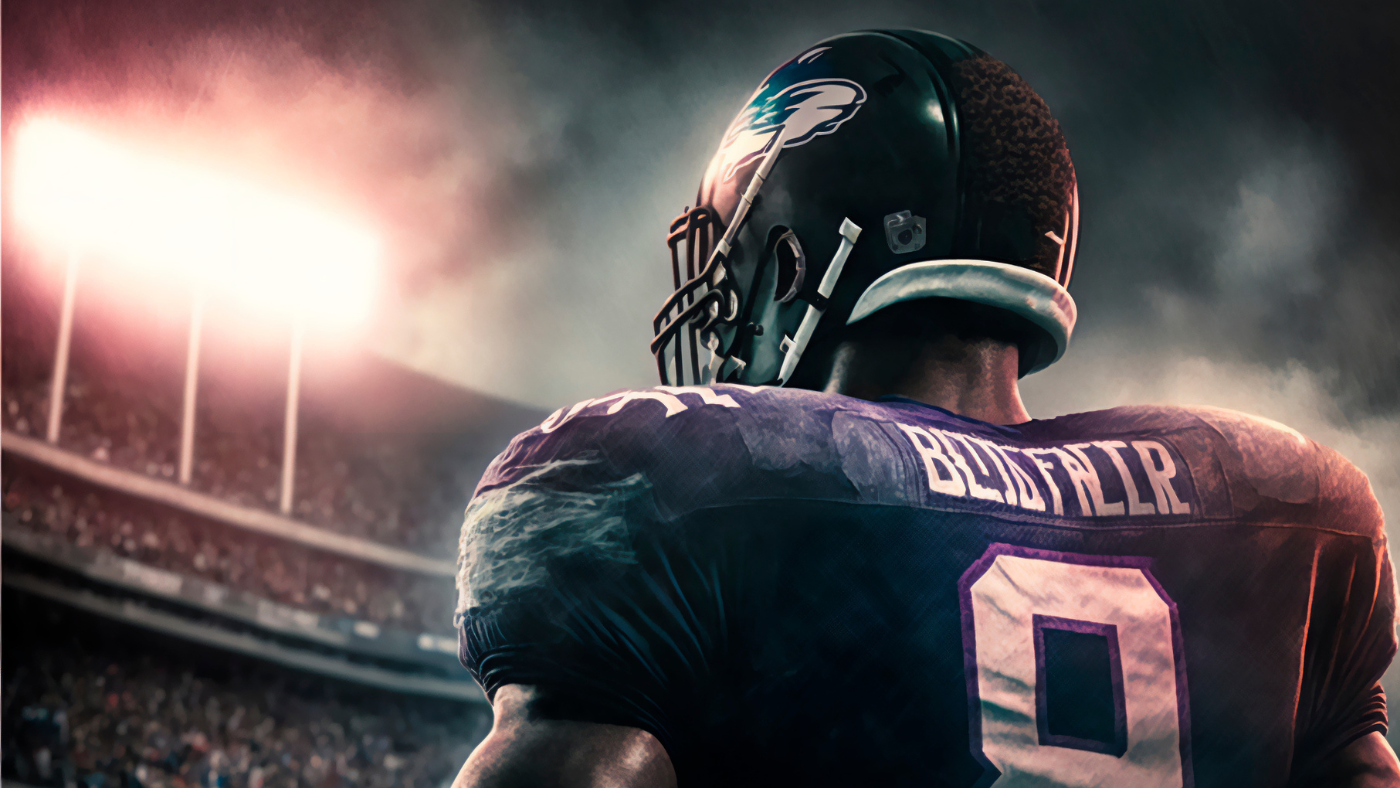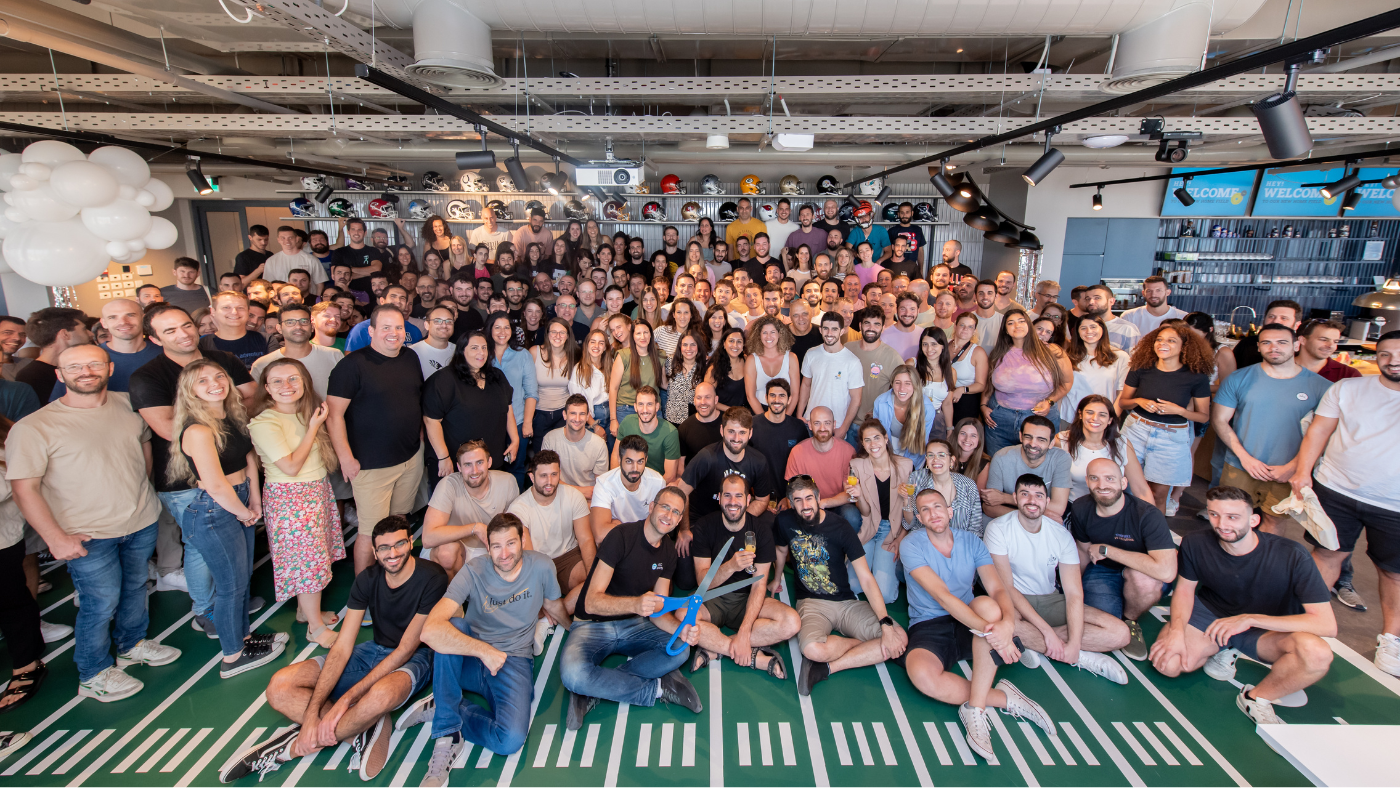Since the first sporting event was televised in 1936, sports teams, leagues, and broadcasters have kept pace with the extraordinary effect that technology has made on our day-to-day lives. As the tools used to power the industry have changed, so have the needs of modern day sports organizations and fans.
Using advanced technologies like streaming, data analytics, and predictive artificial intelligence is common practice for most of today’s sports organizations, yet few stand to impact the industry as broadly (and quickly) as generative artificial intelligence (gen-AI).
For the uninitiated, gen-AI is a type of artificial intelligence that uses large language models (LLMs) trained on extensive datasets to generate a wide range of content—text, images, audio, video, and more. When provided with a text or image-based prompt, these models can identify past patterns and structures within the existing training data to generate new and contextually relevant outputs.
But unlike other technologies which have slowly crept into our lives, ChatGPT, the most familiar example of gen-AI, amassed over 100 million users in only two months. By comparison, it took Instagram nearly two and a half years to reach the same milestone.
Why so quickly? Timing and ease of adoption.
First, if the digital age has made one thing abundantly clear, it’s that attention is like gold. Content is just one of many powerful tools to mine this valuable resource.
Gen-AI is a force multiplier for meeting sports fans’ never-ending demand for personalized content at a speed and scale that simply wouldn’t be possible without automation.
Second, the value of gen-AI is highly demonstrable and the learning curve is nearly non-existent. It took years to convince people of the benefits of being active on social media. It takes just seconds to understand the magic of gen-AI.
Sports Journalists, Meet AI Writing Assistants
A demanding job fraught by the disintegration of RSNs and the demise of print journalism, beat reporters are constantly multitasking between prepping, watching games, delivering their report, rinsing, and repeating. More traditional sportswriters face similar challenges, tirelessly producing game summaries without the advantage of being present at the events. Now, gen-AI powered writing tools, like WMT’s The Six, are finally freeing journalists and reporters from the shackles of their traditional workflows.
Designed by the digital engineering platform, WMT, The Six can be prompted with a simple box score and quickly generate an automated game recap, mirroring the style and tone of the writer of their choice. Research that once took hours now takes minutes, and tedious game recaps can now be automated so writers can focus on more interesting, creative pieces.
We're excited to announce The Six – our latest product designed to be an athletic department's "Sixth Man." https://t.co/EdiynKjaV6
— WMT (@WMTdigital) May 22, 2023
Designed by the digital engineering platform, WMT, The Six can be prompted with a simple box score and quickly generate an automated game recap, mirroring the style and tone of the writer of their choice. Research that once took hours now takes minutes, and tedious game recaps can now be automated so writers can focus on more interesting, creative pieces.
Tools like DALL-E 2 or Midjourney can then be further used to spin up article images, thumbnails, and social media content to complement written narratives. Even this article’s cover image was created using gen-AI. This is a huge win for understaffed organizations, specifically collegiate athletic departments who tend to allocate the bulk of their resources to revenue-driving sports.
So far, The Six has been beta-tested with Arkansas, Clemson, and Vanderbilt across a variety of non-revenue driving sports. In the future, WMT also aims to generate automated recaps for golf, lacrosse, and other sports without traditional box scores.
Personalized Content at Scale
But the power of gen-AI extends beyond written content and static images. AI-powered tools are facilitating the production of video content, unburdening content editing teams from sifting through hours of footage for the perfect clip. Now, with AI content platforms like WSC Sports, editors can create and publish highlights at unprecedented speed and scale, spending less time on manual editing, and more time figuring out how to use content most effectively and how to tell the best story.
Aside from creating highlight videos and compilations, new tools are emerging that automatically generate social media captions, thumbnails, and audio commentary. Taken a step further, text can be programmed to be written and narrated in a style only limited by the imagination—like a Shakespearean play-by-play. Really, gen-AI can deliver commentary in a style and voice eerily similar to “The Bard” (coincidentally the name assigned to Google’s ChatGPT competitor).
While these capabilities are particularly powerful for organizations and rights holders with vast content libraries, it’s perhaps even more exciting for fans, coaches, and front-office staff who stand to benefit most from highly personalized consumption experiences.
In December 2022, the Los Angeles Chargers announced a partnership with MeetKai, a conversational AI platform designed to transcend the 2D chat interface. When coupled with VR technology, like an Oculus headset, users can instantly compile personalized collections of 3D rendered highlights based on a simple language prompt.
This could be as simple as saying, “Show me every touchdown made by Austin Ekeler last season” – and voila – a video compilation of 18 touchdowns is generated in a matter of seconds.
Wellness Partners & NFTs
The beauty of gen-AI in sports lies in the far-reaching implications of its impact. The same tools used to deliver personalized content for fans can prove incredibly valuable to coaches, players, and front-office execs to assist in film study and decision-making. Companies like Zepp Health are combining LLMs and natural language processing to transform smart sports wearables into comprehensive wellness partners.
The goal? Speak to your health wearable the way you would a friend, to receive personalized coaching for training, sleep, injury prevention, mindfulness, and tailored fitness plans based on your health data.
In another use case, at the 2022 FIFA World Cup, Visa’s Master of Movement campaign used an algorithm by XK studio to create generative art commemorating the goals of iconic footballers. The artwork was then minted as NFTs and auctioned to fans as part of a larger immersive activation where fans can mint digital art based on their signature movements on an interactive pitch.
It’s these types of gen-AI applications that stand to benefit not only professional athletes, but everyone who wants to immerse themselves deeper into the games they love.
While it’s too early to predict the full extent of gen-AI’s impact on sports, one thing is certain. Gen-AI will fundamentally change how sports are watched and played—and we can’t wait to experience all of it.



